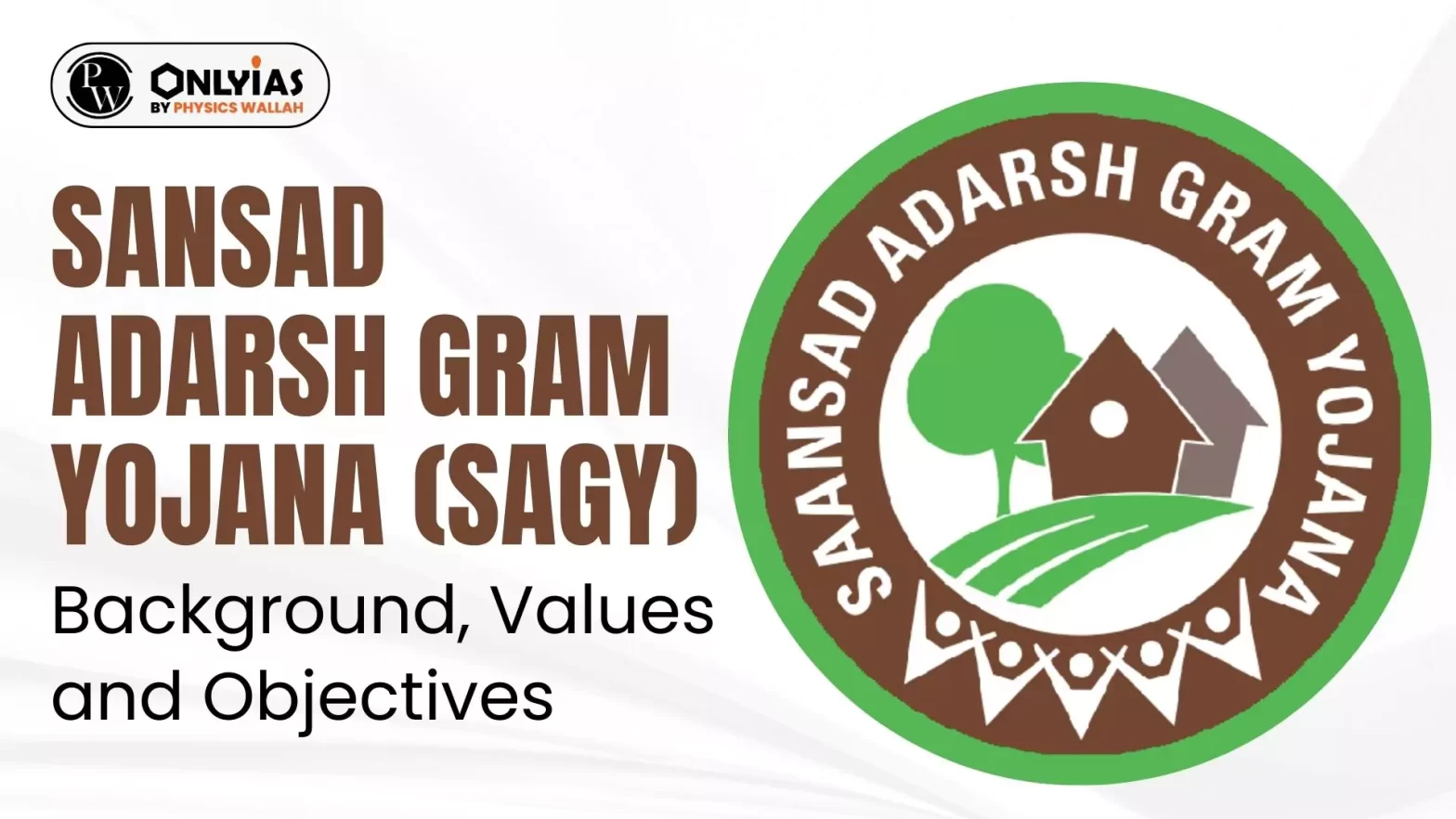Sansad Adarsh Gram Yojana (SAGY), also known as the PM model village programme, is a scheme for overall development of villages.

The Sansad Adarsh Gram Yojana has buckled under questions of jurisdiction confusion and lack of budget, leading to its improper success.
| Position | Responsibility |
| Member of Parliament |
|
| Chief Secretary of the State Government |
|
| Gram Panchayat |
|
| District Collector |
|
| Strength |
|
| Weakness |
|
| Opportunity |
|
| Threats |
|
Sansad Adarsh Gram Yojana can fulfil goals of ‘gram swaraj’ if Parliamentarians implement the scheme with utmost sincerity and dedication. It could further herald a new age of grassroots democracy.
| Must Read | |
| NCERT Notes For UPSC | UPSC Daily Current Affairs |
| UPSC Blogs | UPSC Daily Editorials |
| Daily Current Affairs Quiz | Daily Main Answer Writing |
| UPSC Mains Previous Year Papers | UPSC Test Series 2024 |
Sansad Adarsh Gram Yojana is a village development project launched by the Government of India under which each Member of Parliament has to take the responsibility of developing physical and institutional infrastructure in villages.
The scheme looks to implement comprehensive development of rural villages through convergence of central government schemes and people participation.
Since there are no separate funds. Funds from existing schemes, such as the PM Awas Yojana, PM Gram Sadak Yojana, MGNREGA, MPLADS, Central and State Finance Commission Grants, Corporate Social Responsibility funds etc are used.
The MP must select a suitable Gram Panchayat for being developed as Adarsh Gram, other than his/her own village or that of his/her spouse.
<div class="new-fform">
</div>
